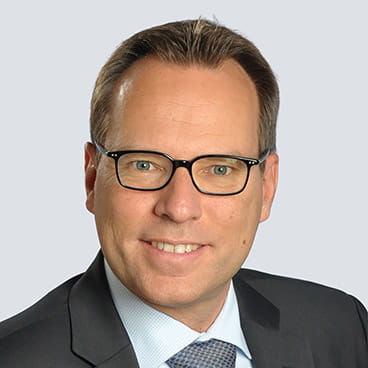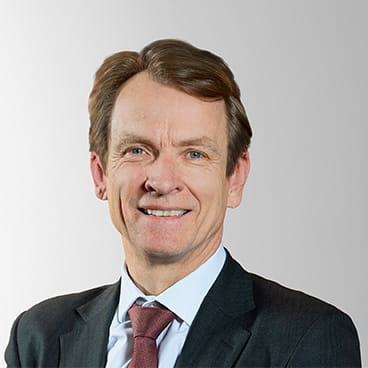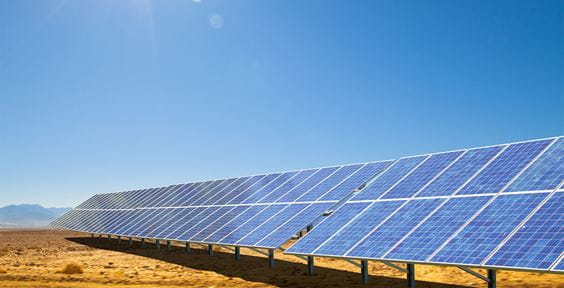Transforming Infrastructure
The German special infrastructure fund

The costs of German reunification amounted to around 2 trillion euros¹ . The special fund or socalled “Sondervermögen” of 500 billion euros is therefore a significant commitment to the modernisation of infrastructure. But how should it be used and how can institutional investors help to further increase investment in our infrastructure?
The special fund can mobilise private capital…
…and strengthen sustainable technologies
One of the most important areas for investment is the expansion of energy infrastructure and sustainable technologies. In addition to renewable energies, this includes smart grids, green molecules, and innovative storage technologies. Europe is still the world leader in cleantech patents, ahead of China, the USA and Japan4 , but is being held back by a lack of capital to scale up these capital-intensive technologies. The special fund can help to promote competitiveness against fossil alternatives in this scaling phase, similar to wind and solar parks 20 years ago.
This enables “crowding in” of institutional capital, i.e. the increase in private sector investment through government activities, and can thus not only contribute to decarbonization, but also increase security of supply and strengthen Europe's attractiveness for innovation.
But it requires even more…
The targeted use of special funds such as the “Sondervermögen” can help to mobilise the large pool of institutional capital and thereby significantly increase investment in our infrastructure. It is also a key for promoting innovative technologies and driving forward projects that would otherwise be difficult to invest in due to their risk profile. However, the time factor is an important element as well. The planning and approval processes in Germany usually take too long, and local authorities often need advice on how to carry out extensive procurement processes. The special fund should therefore not only focus on the target sectors and projects, but also on these framework conditions. Faster and simpler procedures and a reduction in bureaucracy can help to clear the investment backlog. Germany proved that it can be time efficient when it built the LNG terminals during the energy crisis, which were planned, approved and completed at record speed.6
The special fund can mean a win-win situation for pensioners, policyholders, and governments if critical infrastructure is financed by long-term capital at competitive conditions for their own retirement provision. Partnering with experienced infrastructure investors can be another key success factor. Expectations are high – let’s make something of it.
Private Investments in Infrastruktur by sector

Note: 'Other' includes environment and infrastructure (general) sectors. Source: cdn.gihub.org/umbraco/media/5416/infrastructure-monitor-report-2023.pdf
Did you know:
- That the costs of German reunification amounted to around 2 trillion euros1
- Globally, c. 70% are ok with the private sector investing into infrastructure according to a survey by GIIA.5
- That Europe has over EUR 15 trillion of institutional investments2 , but only 3-5% of this is invested in infrastructure, compared to 10% in Canada.3
- Europe is the world leader in clean-tech patents4 . However, there is a lack of capital to scale up these technologies, and companies are therefore often sold to new owners from outside Europe.
- That the planning, approval, and construction of the LNG terminal in Wilhelmshaven in 2022 took less than a year?6
1 Interview with Former German Finance Minister : 'Germans Will Have to Pay' - DER SPIEGEL
2 Deutschland größter Fondsmarkt der EU – Fondsverband BVI
3 Preqin Datenbank
4 Cleantech-Innovationen: Studie unterstreicht Europas Rolle
5 Global infrastructure index 2023
6 LNG-Terminal in Wilhelmshaven blickt auf sein erstes Betriebsjahr zurück







